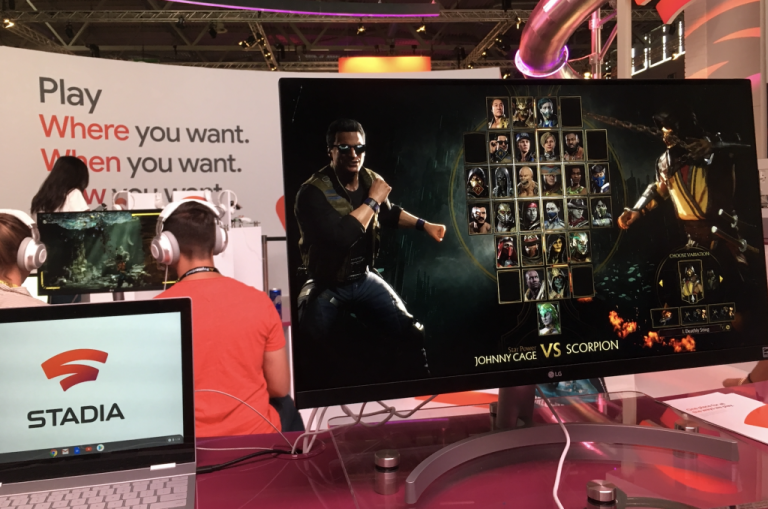Google promised to offer the latest games running in 4K and 60 frames per second with its new Stadia streaming service, but recent in-depth analysis on some games like Destiny 2 and Red Dead Redemption 2 have proven that it’s not the case. As an example, Destiny 2, which is the first free game offered with the Stadia Founders Edition, actually runs at 1080p, upscaled to 4K.
As pointed out by Digital Foundry recently, the Stadia version of Red Dead Redemption 2 also isn’t running in native 4K, unlike the Xbox One X version. Instead, you get a 1080p or 1440p version (depending on your data rate), and the video feed is then upscaled to 4K.
Head of Stadia previously broke Google’s promises about 4K/60 FPS for all Stadia games, admitting that some games could instead run at 4K/30 for “artistic reasons.”
Yes, all games at launch support 4K. We designed Stadia to enable 4K/60 (with appropriate TV and bandwidth). We want all games to play 4K/60 but sometimes for artistic reasons a game is 4K/30 so Stadia always streams at 4K/60 via 2x encode.
— Phil Harrison (@MrPhilHarrison) October 9, 2019
What some Stadia early adopters are now complaining about is a bit different: The fact that some Stadia games aren’t running in native 4K (even though the video stream is in 4K) is quite surprising, especially since Google claimed that Stadia was the first next-gen platform, with more computing power than the Xbox One X and PlayStation 4 Pro combined.
Whether game developers have yet to take full advantage of Stadia’s 10 teraflops of computing power remains to be seen, but Google has just explained in a statement provided to Eurogamer that it expects developers to “innovate quickly.” You can read Google’s full statement below:
“Stadia streams at 4K and 60 FPS – and that includes all aspects of our graphics pipeline from game to screen: GPU, encoder and Chromecast Ultra all outputting at 4k to 4k TVs, with the appropriate internet connection. Developers making Stadia games work hard to deliver the best streaming experience for every game. Like you see on all platforms, this includes a variety of techniques to achieve the best overall quality. We give developers the freedom of how to achieve the best image quality and framerate on Stadia and we are impressed with what they have been able to achieve for day one.
“We expect that many developers can, and in most cases will, continue to improve their games on Stadia. And because Stadia lives in our data centers, developers are able to innovate quickly while delivering even better experiences directly to you without the need for game patches or downloads.”
Google Stadia’s streaming technology has often been described as the best in the market, but this likely won’t be enough for gamers who really care about graphics quality or a consistent, lag-free gaming experience. For now, Stadia isn’t exactly the generational leap that Google promised, but Google still has some time to work with developers before Sony and Microsoft release their next-gen consoles.


